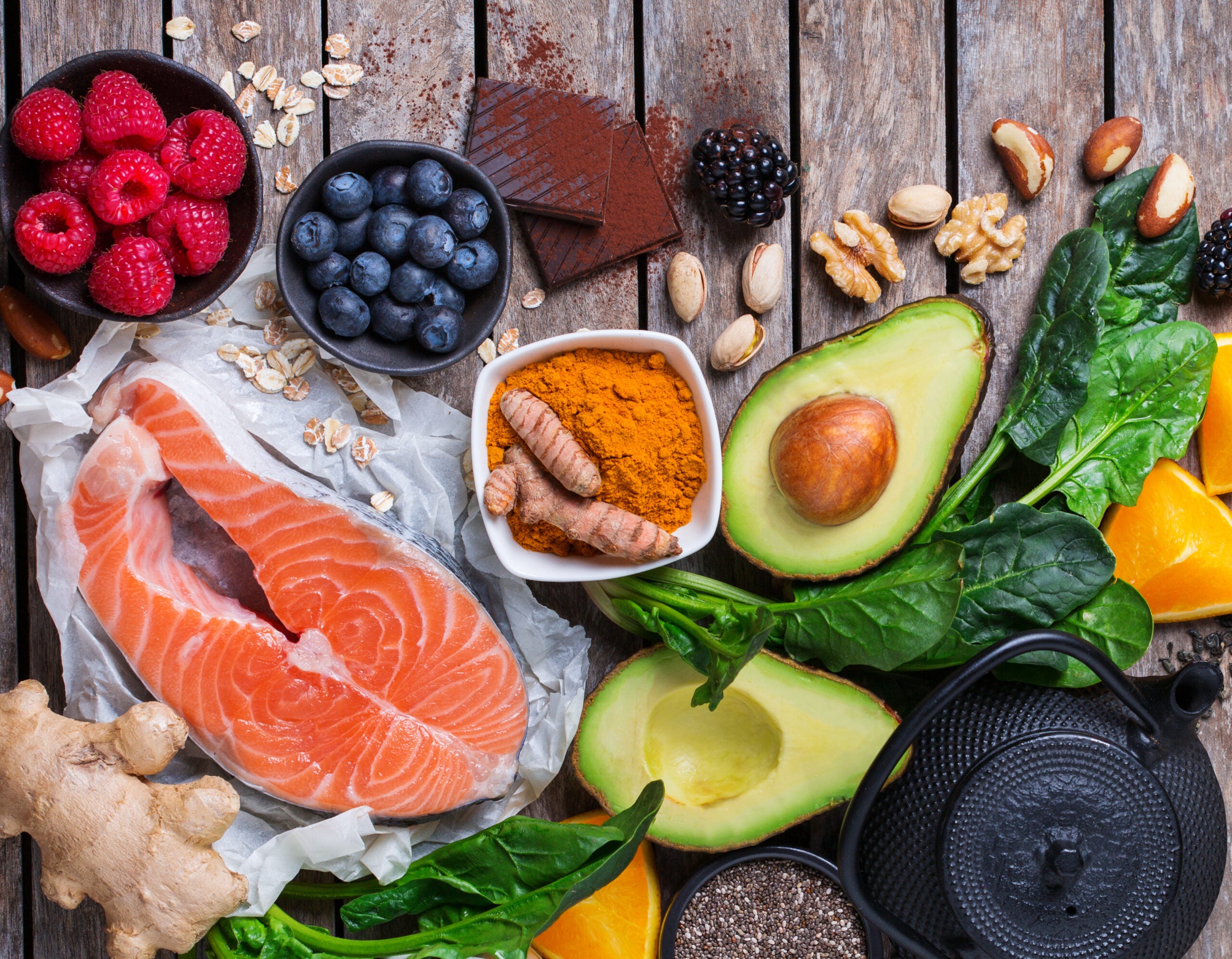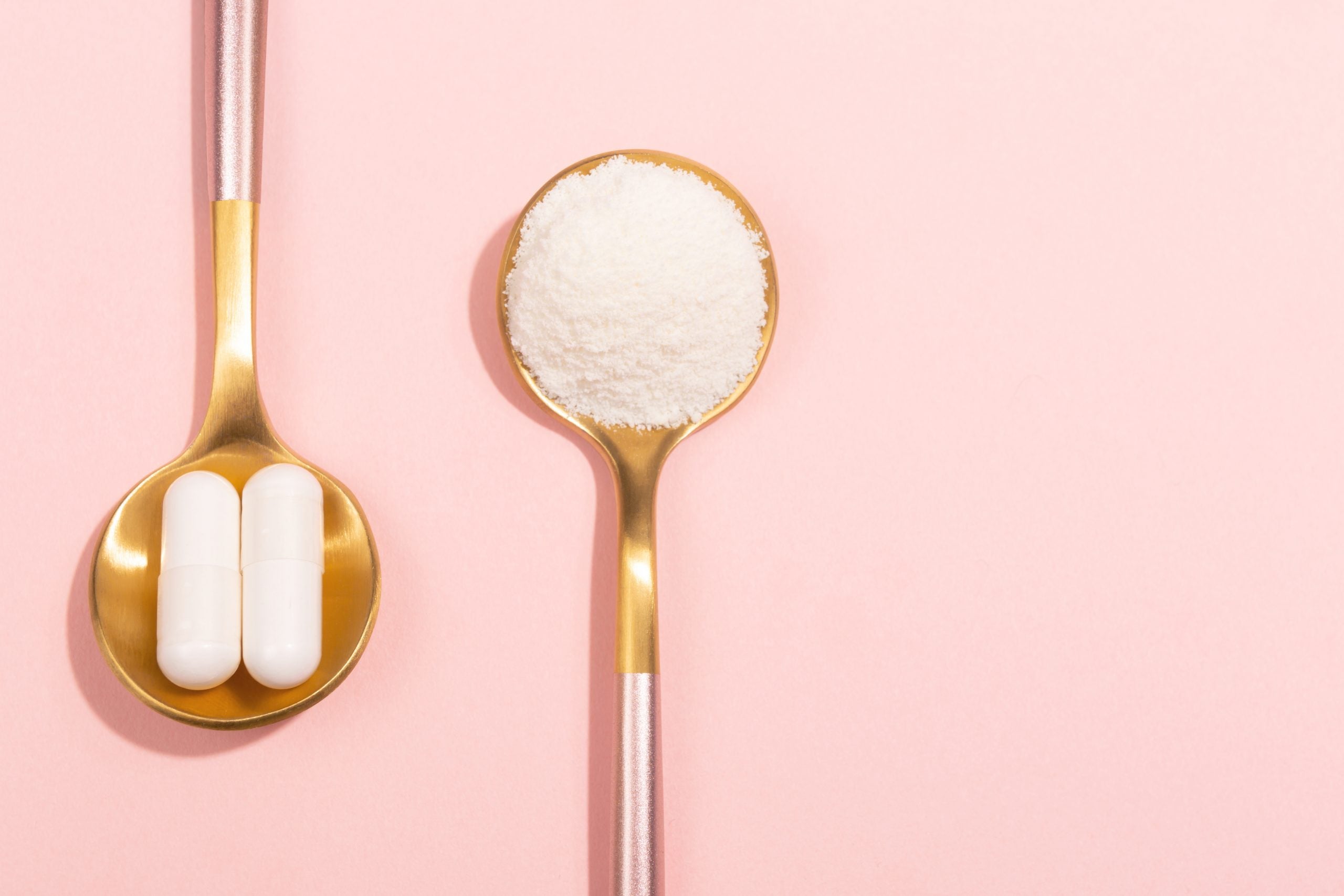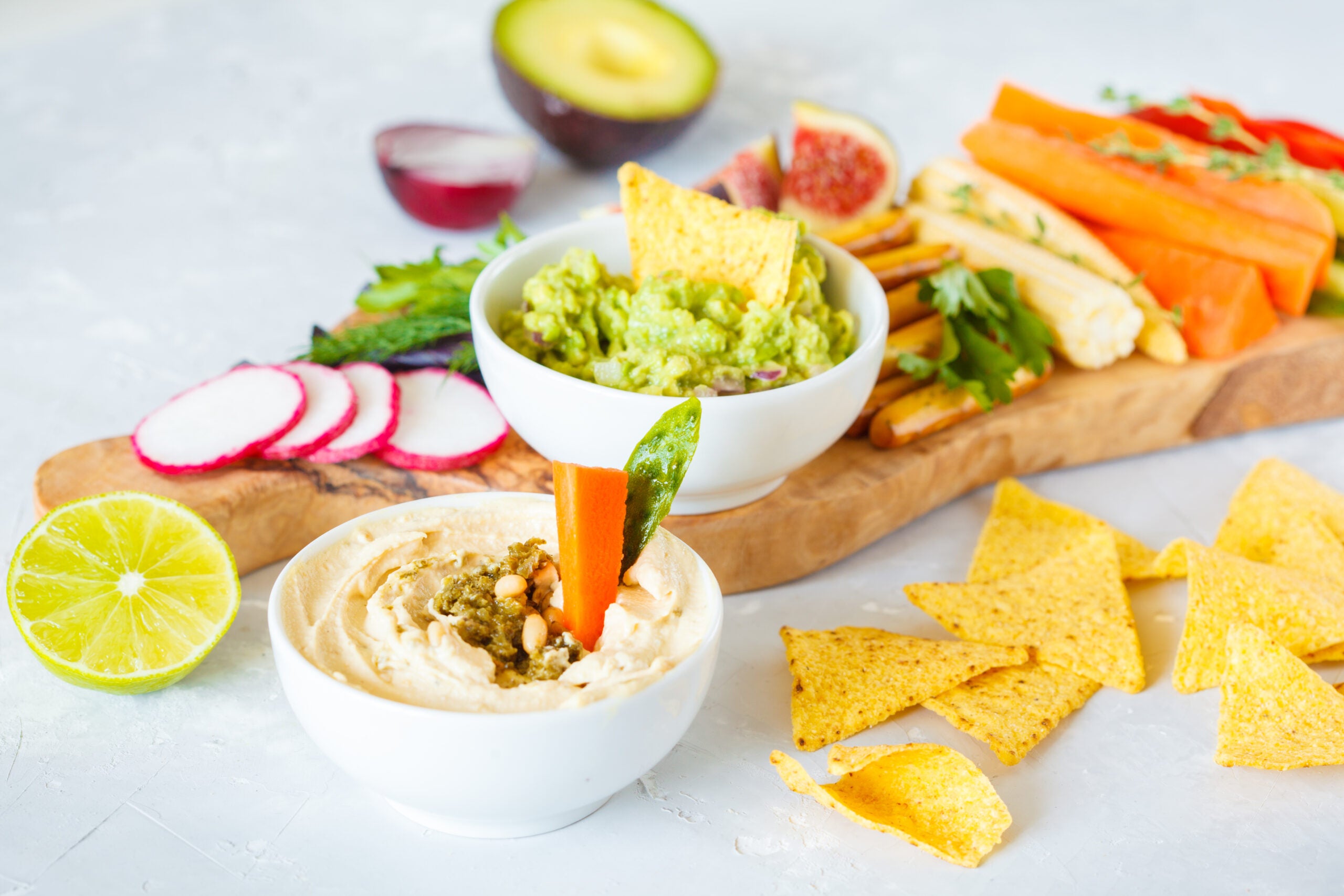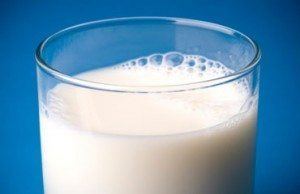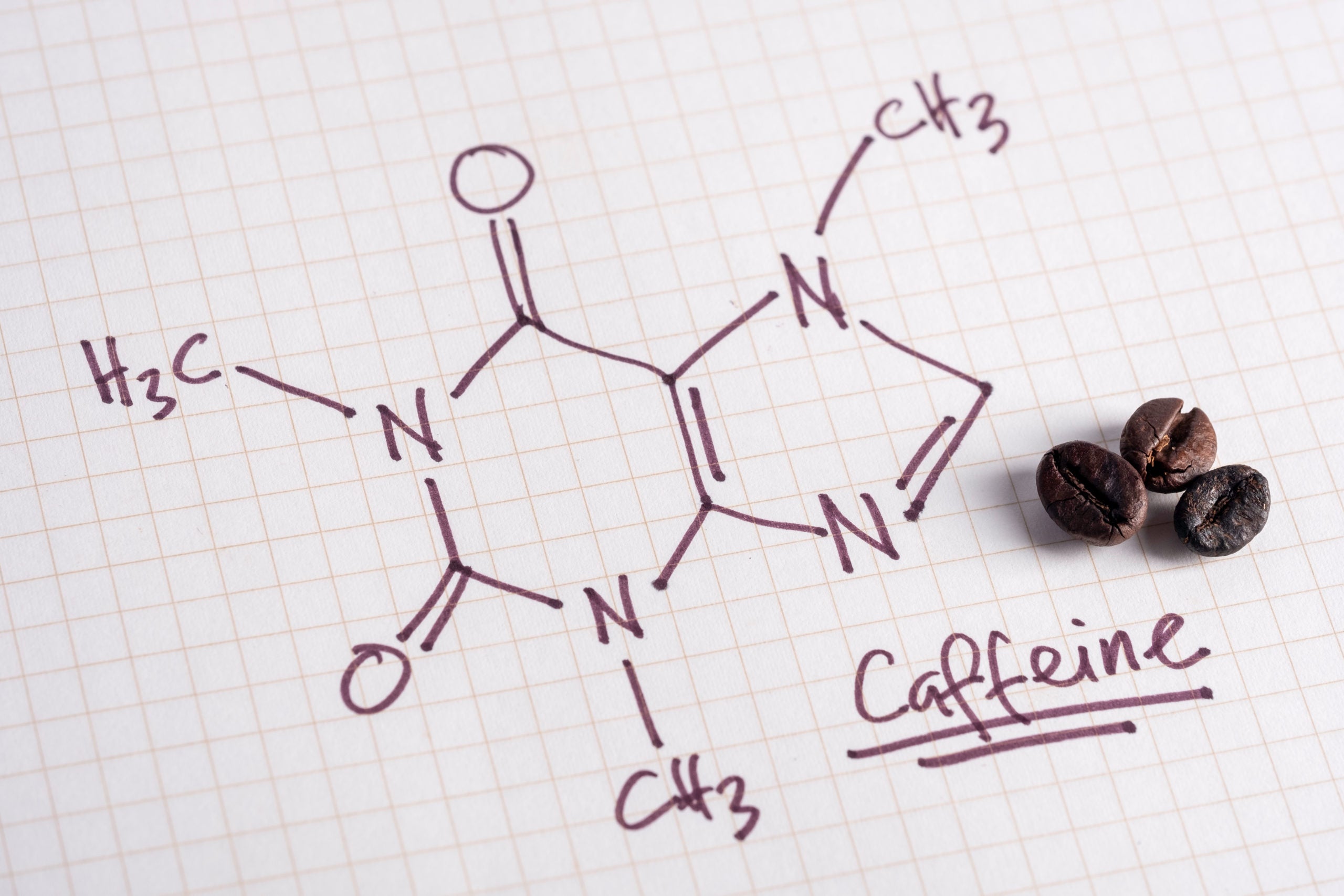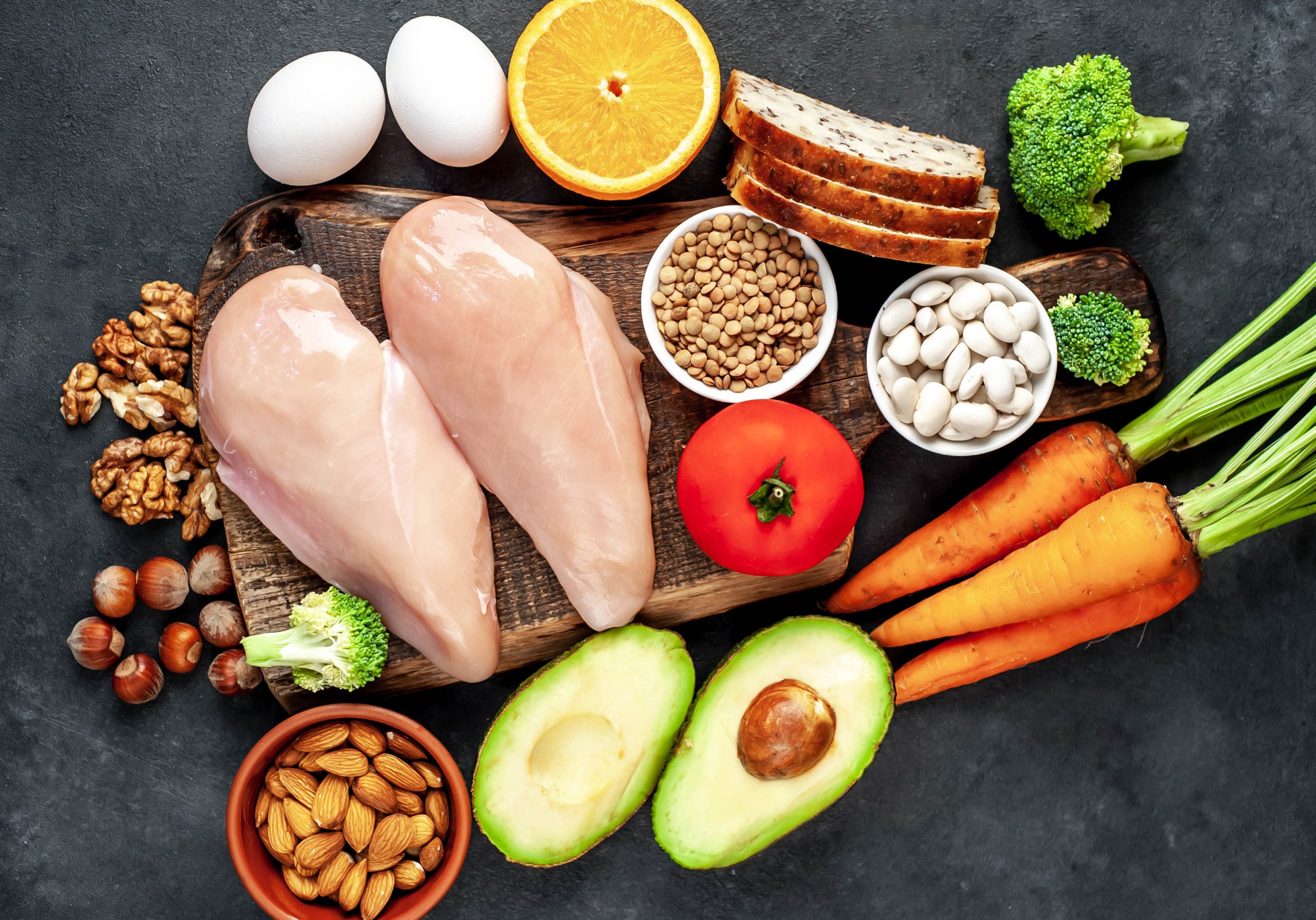Finding yourself confused by the seemingly endless promotion of weight-loss strategies and diet plans? In this series, we take a look at some popular diets—and review the research behind them. What Is It? An anti-inflammatory diet is promoted as a remedy to battle inflammation in the body. A common belief is that “inflammation” is always bad. … Continue reading “Diet Review: Anti-Inflammatory Diet”
The information on food labels is intended to help consumers become savvy about their food choices. The front, back, and sides of a package are filled with information to inform us what the food contains and to provide guidance in making healthier selections of processed foods. However, all the numbers, percentages, and sometimes complex-sounding ingredients … Continue reading “Understanding Food Labels”
Collagen is the most abundant protein in the body. Its fiber-like structure is used to make connective tissue. Like the name implies, this type of tissue connects other tissues and is a major component of bone, skin, muscles, tendons, and cartilage. It helps to make tissues strong and resilient, able to withstand stretching. In food, … Continue reading “Collagen”
Most of us have experienced an intense urge to eat a certain food—ideally right away. More often than not, that food is likely to be sugary, salty, or fatty, or all three. You may feel increasingly excited as you imagine how it will taste and how you’ll feel eating it. Maybe you last ate several … Continue reading “Cravings”
Although 1 in 5 men and 1 in 6 women worldwide develop some type of cancer during their lifetime, those diagnosed are living longer than ever, thanks to screening and early detection, vaccinations, and improvements in treatment. However, even for cancers with effective treatment options, prevention has the greatest potential to reduce the burden of … Continue reading “Preventing Cancer”
Are snacks good or bad for you? A snack is generally defined as any food eaten between main meals. Many people snack at least once during the course of a day, and there are several reasons why. The most common scenario is that our stomachs start growling a few hours after our last meal. Another … Continue reading “The Science of Snacking”
Chromium is an essential mineral that the body needs in trace amounts. It is naturally present in a wide variety of foods, though only in small amounts, and is also available as a supplement. Chromium enhances the action of the hormone insulin. [1) It is also involved in the breakdown and absorption of carbohydrate, proteins, … Continue reading “Chromium”
Milk is the liquid produced by the mammary glands of mammals, including humans. Breast milk is the preferred food for infants, as it is well-tolerated while their digestive tracts develop and mature. Dairy milk may be introduced at later ages if tolerated well. Although dairy milk may come from any mammal, cows, goats, buffalo, and … Continue reading “Milk”
Many of us can’t imagine starting the day without a cup of coffee. One reason may be that it supplies us with a jolt of caffeine, a mild stimulant to the central nervous system that quickly boosts our alertness and energy levels. [1] Of course, coffee is not the only caffeine-containing beverage. Read on to … Continue reading “Caffeine”
Niacin, or vitamin B3, is a water-soluble B vitamin found naturally in some foods, added to foods, and sold as a supplement. The two most common forms of niacin in food and supplements are nicotinic acid and nicotinamide. The body can also convert tryptophan—an amino acid—to nicotinamide. Niacin is water-soluble so that excess amounts the … Continue reading “Niacin – Vitamin B3”
